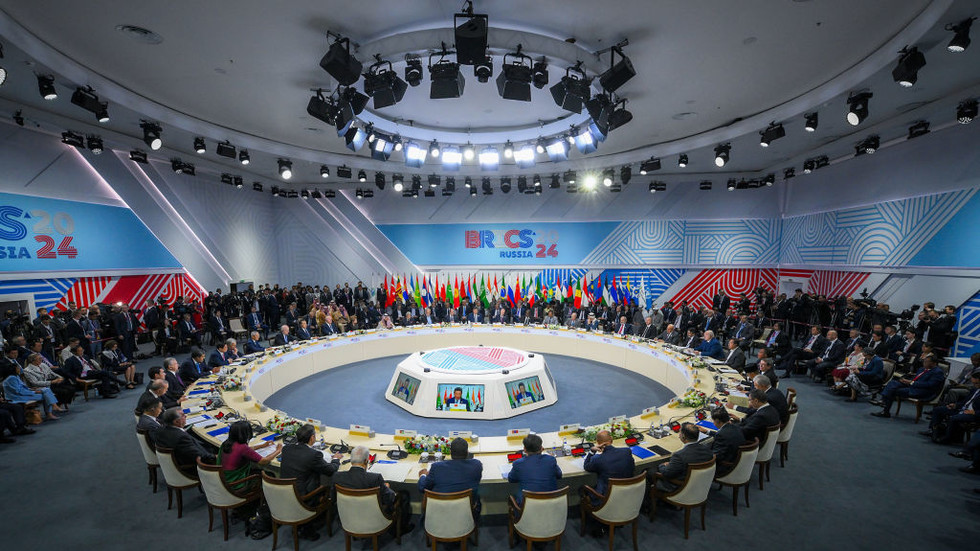The landscape of global merchandise trade is shifting, with emerging economies, particularly those in the BRICS group, making significant strides in their export shares. According to a report by Ernst & Young India, the BRICS nations—originally comprising Brazil, Russia, India, and China with South Africa joining in 2010—have substantially increased their impact on global trade from just 10.7% in 2000 to 23.3% in 2022. This shift marks a notable contrast to the G7 countries, whose share has diminished from 45.1% in 2000 to 28.9% last year. The rise of BRICS not only prioritizes their merchandise trade but also positions them to eventually overtake the G7 in terms of global merchandise exports by 2026, reflecting a profound transformation in the balance of economic power.
The report delineates the sectors in which BRICS nations have excelled, highlighting their dominant shares in textiles (49.6%), telecommunications equipment (41.3%), clothing (36%), electronic data processing and office equipment (35.7%), and fuels (30.3%). Noteworthy is the increase in high technology exports from the BRICS group, which surged from 5.0% in 2000 to 32.8% in 2022. This upward trajectory signifies a strategic pivot towards high-tech products such as electronic components and integrated circuits, suggesting that BRICS nations are not just traditional exporters of raw materials but are increasingly investing in advanced technology sectors.
On the import side, the report indicates that the aggregate share of BRICS nations in all commodities is still lower compared to their export share, positioning them as net exporters in the global market. This net exporting status underscores the growing economic significance of the BRICS+ group, which encompasses the original BRICS nations plus new members such as Egypt, Iran, Ethiopia, and the United Arab Emirates, with Saudi Arabia participating in events but pending official ratification. The report anticipates that the continued ascendancy and coordination of BRICS trade and economic policies could challenge the historical dominance of the G7 in determining global economic frameworks.
Furthermore, as the BRICS nations augment their contributions to global growth, their share of world GDP (adjusted for purchasing power parity, or PPP) has reached 36.7%, indicating that these nations are increasingly becoming central to the global economic narrative. Conversely, the G7’s share of global GDP in PPP terms has seen a decline, dropping from 50.42% in 1982 to a projected 29% in 2024. This shift not only catalyzes changes in trade dynamics but also encourages a reevaluation of the efficacy of the G7’s role in international economic governance, as the demographic and economic clout of the BRICS+ group swells.
This evolving scenario might also have profound implications for the global financial system, particularly concerning the dominance of the US dollar in international transactions. There’s an emerging belief that coordinated BRICS policies could diminish the dollar’s supremacy as the preferred currency in global trade and foreign exchange reserves. The potential reduction in reliance on dollar-centric systems, like SWIFT, could markedly disrupt current trade practices and facilitate the emergence of alternative financial structures that reflect the increasing influence of BRICS in global affairs.
In conclusion, the shift in global trade represented by the rise of BRICS poses significant challenges and opportunities. As these emerging economies continue to grow their export shares and navigate the complexities of international trade relations, the traditional roles of established powers, particularly those within the G7, are increasingly being called into question. The growing interdependence and potential cooperation among BRICS members could redefine global economic and trade policies in ways that reflect their interests, heralding a new era of globalization that includes a more balanced representation of economies worldwide. This ongoing evolution invites stakeholders to reconsider strategies to engage with and leverage the burgeoning influence of BRICS in the interconnected global landscape.

